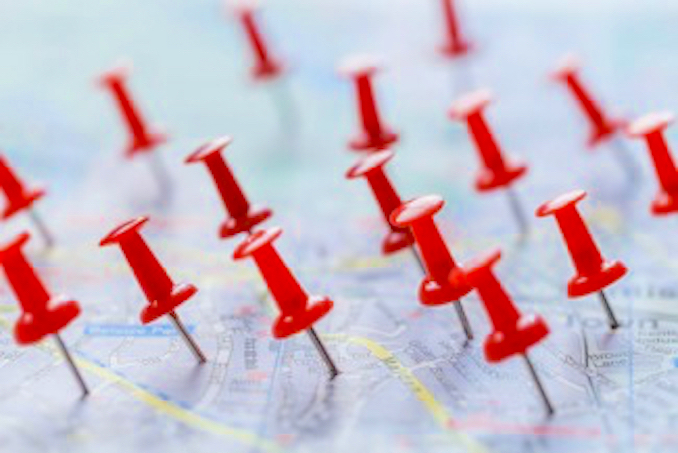

[CAF Note: I am republishing this post – originally published in March 2009 of a taxonomy made in the 1990’s – as a subscriber asked for guidance on the important areas of data collection for mapping a local economy]
One of the greatest opportunities before us is aligning our financial systems with our local living systems — with our people, our culture and our natural environment. Currently, if you map out and make visible our “financial ecosystems” you will find that the incentives in those systems are often at odds with what optimizes the living systems and build wealths locally. Bringing transparency to our financial systems and living systems within a place and finding opportunities to realign is an activity worth considering.
Data in your local area is typically collected by enterprises and agencies responsible for public and private operations and investment. Many years ago, I created a taxonomy of local investment categories to describe the basic areas of data collection.
Investment Categories:
1. Adult Education/Community College/College/Training
2. Agriculture and Food
3. Arts & Culture
4. Child Care
5. Courts & Judiciary
6. Economic Development
7. Energy (gas, electric, nuclear, solar, wind, other)
8. Fire and Emergency Services
9. Health Care
10. Housing
11. K-12 Education
12. Land, Weather and Natural Resources
13. Libraries
14. People Who’s Who: People Who Live and Work in Our Neighborhood and Our Core Competencies
15. Military, National Guard, Troopers, Sheriff, Police, Enforcement, Prosecution & Public Safety
16. Prisons
17. Sewer and Garbage
18. Social Services
19. Sports and Recreation
20. Taxes, Time, Regulatory Powers and Assets Paid/Given to Federal, State and Local Government
21. Telecommunication & Information Systems 22. Transportation
23. Water
Cross-Cutting Categories:
24. Jurisdictions and Boundaries: Who and What Are We a Part of? What are the laws, regulations and procedures to which we are subject?
25. Risk Issues
26. Neighborhood Balance of Trade: Imports/Exports
27. Total Debt Per Person: Federal, State, Local, Consumer, Mortgage and Other
28. Parking Lot
An introduction to some of the key economics literacy you need to understand your local economy and to make sense of all the data available, see my curriculum Economics 101.
For the US, a good place to start are the CAFRs. Participatory budgeting is a very interesting idea that emerged from the economic problems in Latin America. Check it out here. I always thought that community questing would be a great way to learn the economic history and assets of our communities. See: Questing: A Guide to Creating Community Treasure Hunts.
